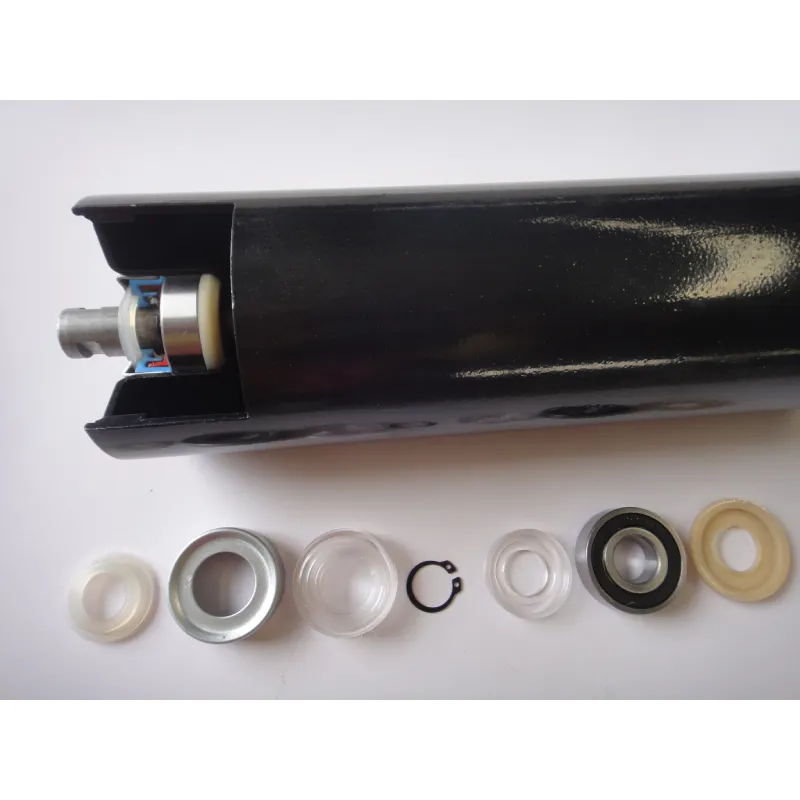 Afrikaans
Afrikaans  Albanian
Albanian  Amharic
Amharic  Arabic
Arabic  Armenian
Armenian  Azerbaijani
Azerbaijani  Basque
Basque  Belarusian
Belarusian  Bengali
Bengali  Bosnian
Bosnian  Bulgarian
Bulgarian  Catalan
Catalan  Cebuano
Cebuano  Corsican
Corsican  Croatian
Croatian  Czech
Czech  Danish
Danish  Dutch
Dutch  English
English  Esperanto
Esperanto  Estonian
Estonian  Finnish
Finnish  French
French  Frisian
Frisian  Galician
Galician  Georgian
Georgian  German
German  Greek
Greek  Gujarati
Gujarati  Haitian Creole
Haitian Creole  hausa
hausa  hawaiian
hawaiian  Hebrew
Hebrew  Hindi
Hindi  Miao
Miao  Hungarian
Hungarian  Icelandic
Icelandic  igbo
igbo  Indonesian
Indonesian  irish
irish  Italian
Italian  Japanese
Japanese  Javanese
Javanese  Kannada
Kannada  kazakh
kazakh  Khmer
Khmer  Rwandese
Rwandese  Korean
Korean  Kurdish
Kurdish  Kyrgyz
Kyrgyz  Lao
Lao  Latin
Latin  Latvian
Latvian  Lithuanian
Lithuanian  Luxembourgish
Luxembourgish  Macedonian
Macedonian  Malgashi
Malgashi  Malay
Malay  Malayalam
Malayalam  Maltese
Maltese  Maori
Maori  Marathi
Marathi  Mongolian
Mongolian  Myanmar
Myanmar  Nepali
Nepali  Norwegian
Norwegian  Norwegian
Norwegian  Occitan
Occitan  Pashto
Pashto  Persian
Persian  Polish
Polish  Portuguese
Portuguese  Punjabi
Punjabi  Romanian
Romanian  Russian
Russian  Samoan
Samoan  Scottish Gaelic
Scottish Gaelic  Serbian
Serbian  Sesotho
Sesotho  Shona
Shona  Sindhi
Sindhi  Sinhala
Sinhala  Slovak
Slovak  Slovenian
Slovenian  Somali
Somali  Spanish
Spanish  Sundanese
Sundanese  Swahili
Swahili  Swedish
Swedish  Tagalog
Tagalog  Tajik
Tajik  Tamil
Tamil  Tatar
Tatar  Telugu
Telugu  Thai
Thai  Turkish
Turkish  Turkmen
Turkmen  Ukrainian
Ukrainian  Urdu
Urdu  Uighur
Uighur  Uzbek
Uzbek  Vietnamese
Vietnamese  Welsh
Welsh  Bantu
Bantu  Yiddish
Yiddish  Yoruba
Yoruba  Zulu
Zulu Types of Conveyor Belt Scrapers | Efficient Belt Cleaning Solutions
Understanding Conveyor Belt Scraper Types
Conveyor belts are essential components in various industries, facilitating the efficient movement of materials from one point to another. However, over time, materials can accumulate on the belt, leading to inefficiencies and potential damage. This is where conveyor belt scrapers come into play. They are critical for maintaining the cleanliness of conveyor belts, thereby ensuring optimal performance and longevity. In this article, we will explore the different types of conveyor belt scrapers, their functions, and their applications.
1. Primary Scrapers
Primary scrapers are usually installed at the discharge point of the conveyor. Their main function is to remove the bulk of the material that sticks to the belt after it has offloaded. These scrapers are designed to be robust and effective in clearing away large amounts of material. Typically made from durable materials such as polyurethane or rubber, they can handle abrasive materials without wear.
2. Secondary Scrapers
Secondary scrapers come into play after the primary scrapers, aiming to remove any residual material left on the conveyor belt. These scrapers are usually more delicate and finely tuned, ensuring that even the smallest particles are removed. Secondary scrapers can significantly reduce carryback, which is crucial for maintaining efficiency and preventing build-up in the surrounding areas of the conveyor system.
conveyor belt scraper types

Combination scrapers integrate both primary and secondary scraper features into a single unit. This type is particularly advantageous for operations where space is limited or where a unified solution is preferred. Combination scrapers can effectively remove a large volume of material while ensuring that the belt remains clean of any residue, enhancing overall productivity.
4. Blade Material Types
The material of the scraper blade plays a critical role in its effectiveness. Common materials include rubber, polyurethane, and metal. Rubber and polyurethane blades are generally more flexible and less likely to cause damage to the conveyor belt, making them ideal for applications involving fragile materials. Metal scrapers, on the other hand, provide higher durability and are often utilized in heavy-duty applications where toughness is essential.
5. Tensioning Systems
The effectiveness of a scraper also relies heavily on how it is tensioned against the conveyor belt. Most modern scraper designs incorporate adjustable tensioning systems, allowing operators to customize the pressure exerted on the belt. Proper tensioning ensures that the scraper maintains contact with the belt while avoiding excessive wear on either component.
Conclusion
In summary, the importance of conveyor belt scrapers cannot be overstated. They play an essential role in maintaining belt hygiene and operational efficiency across various industries, including mining, manufacturing, and food processing. The choice of scraper type—whether primary, secondary, or combination—depends on the specific application and operational requirements. By understanding the different types of scrapers available and their materials, companies can make informed decisions that will enhance their conveyor systems and reduce maintenance costs. Investing in the right conveyor belt scraper types not only leads to a cleaner work environment but also prolongs the lifespan of the conveyor belt, ultimately improving overall productivity.
-
Wing Pulley Conveyor for Conveyor Belt MaintenanceNewsJun.16,2025
-
Self Cleaning Spiral Idler for Conveyor DesignNewsJun.16,2025
-
Pulley Lagging for Conveyor Belt AlignmentNewsJun.16,2025
-
Impact Idlers Used in Belt Conveyor for PerformanceNewsJun.16,2025
-
Ceramic Lagging Conveyor Pulley for Conveyor Belt SystemsNewsJun.16,2025
-
Belt Conveyor Idler for Heavy-Duty ApplicationsNewsJun.16,2025





























